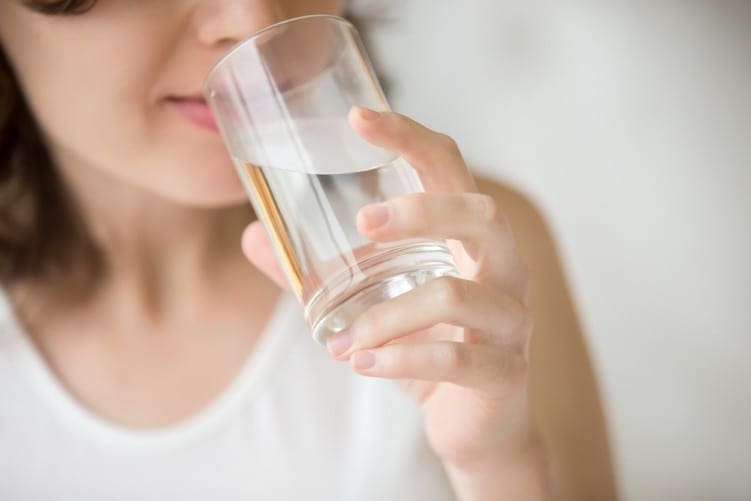The best way to treat your Low BP by following natural remedies, but sometimes if the pressure goes too low then intervention in the form of medications and therapies may be needed to raise blood pressure to a healthy level.
Blood pressure may even change with your body position. For example, if you stand up suddenly, it may drop for an instant. Your blood pressure also lowers when you’re resting or asleep.
The symptoms of low blood pressure can include:
- blurred vision
- confusion
- depression
- dizziness
- fainting
- fatigue
- feeling cold
- feeling thirsty
- an inability to concentrate
- nausea
- rapid, shallow breathing
- sweating
How you can raise your Blood pressure :
Drink plenty of water

Dehydration can sometimes lead to low blood pressure. Some people may have hypotension even with mild dehydration. You can also get dehydrated by losing water too quickly. This can happen through vomiting, severe diarrhea, fever, strenuous exercise, and excess sweating. Medications such as diuretics may also cause dehydration.
Eat a balanced diet

Low blood pressure and other side effects may occur if you’re not getting enough nutrients. Low levels of vitamin B-12, folic acid, and iron can cause anemia. This condition happens when your body can’t make enough blood. Anemia can lower blood pressure. This in turn can cause low blood pressure.
Eat smaller meals

You can get low blood pressure after eating a big meal, although this is more common in older adults. This happens because blood flows to your digestive tract after you eat. Normally, your heart rate increases to help balance blood pressure. You can prevent low blood pressure by eating smaller meals. Also, limiting your carbs can help keep your blood pressure more stable after eating.
Eat more salt

Sodium helps to raise blood pressure. However, it can raise blood pressure too much. It can also lead to heart disease. Ask your doctor how much is right for you. Add table salt to the whole, unprocessed foods. This helps to control how much salt you’re eating. Avoid refined and processed salty foods.
Check your blood sugar

Diabetes and high blood sugar levels may lead to low blood pressure. Use a home monitor to check your blood sugar levels several times a day. See your doctor find out the best diet, exercise, and medication plan to help balance blood sugar levels.
Get your thyroid checked

Thyroid conditions are very common. Hypothyroidism occurs when you don’t produce enough thyroid hormones. This can lead to low blood pressure. A simple blood test can tell your doctor if you have this condition. You may need medication and dietary changes to help boost your thyroid function.
Wear compression stockings

Elastic stockings or socks can help prevent blood from pooling in your legs. This helps to relieve orthostatic or postural hypotension which is low blood pressure due to standing, laying down, or sitting too much.
People who are on bed rest may need compression braces to help pump blood from the legs. Orthostatic hypotension is more common in older adults. It happens to up to 11 percent of middle-aged people and 30 percent of older adults.

